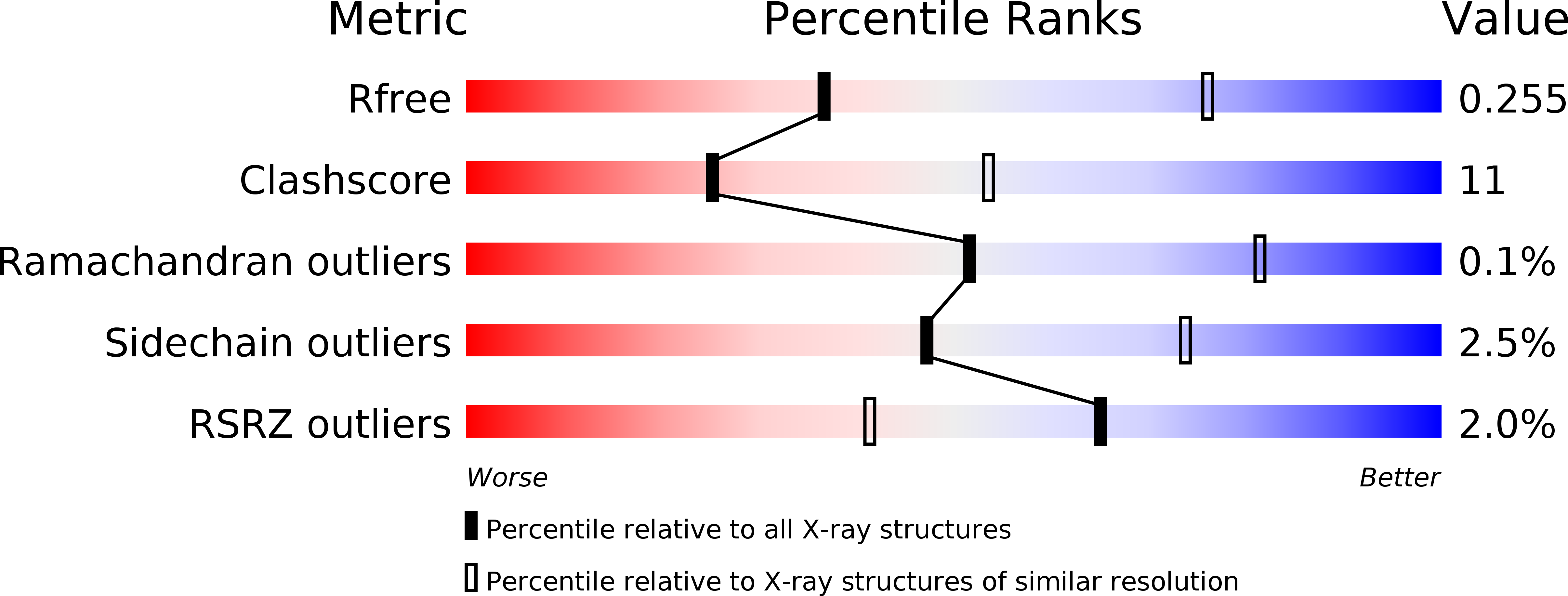
Deposition Date
2014-08-10
Release Date
2014-10-08
Last Version Date
2023-09-20
Entry Detail
PDB ID:
4R28
Keywords:
Title:
MspJI Restriction Endonuclease in Complex with 27-mer Oligonucleotide
Biological Source:
Source Organism:
Mycobacterium sp. JLS (Taxon ID: 164757)
synthetic construct (Taxon ID: 32630)
synthetic construct (Taxon ID: 32630)
Host Organism:
Method Details:
Experimental Method:
Resolution:
3.06 Å
R-Value Free:
0.25
R-Value Work:
0.22
R-Value Observed:
0.23
Space Group:
P 61


